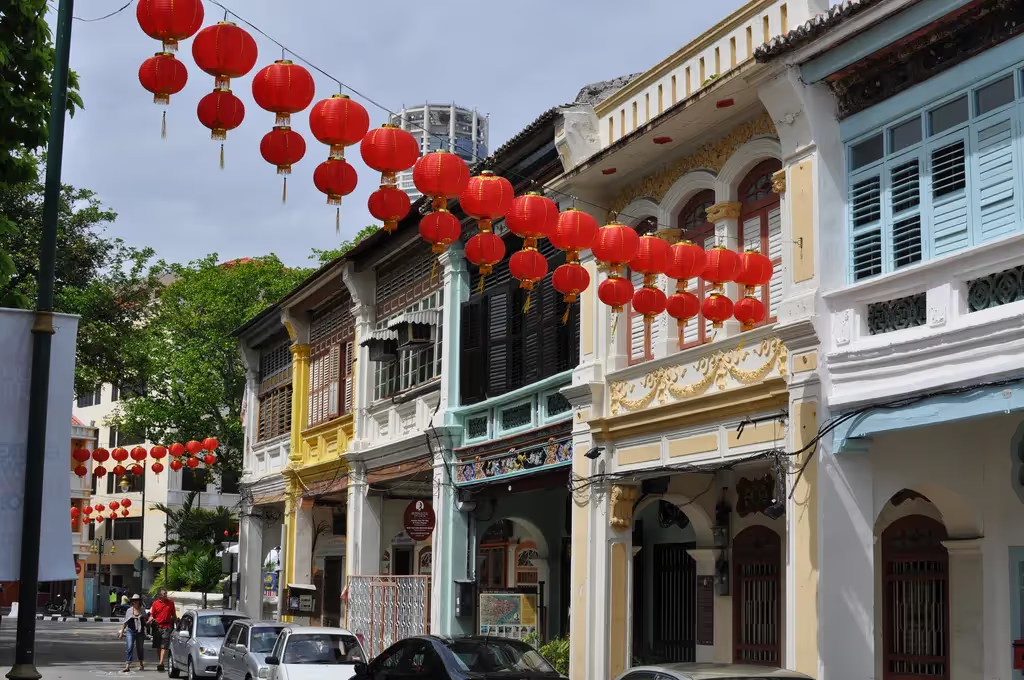A biweekly newsletter with public space news, resources, and opportunities.
A curated dispatch on all things public markets plus the latest announcements from the Market Cities Program.
Please note that these Hall of Shame nominations were written in a moment in time (most over a decade ago) and likely have since changed or even been transformed. If the above entry is now great, or still not so great, go ahead and comment below on how it has evolved or nominate it as a great place.


In 2012, Lithuanian artist Ernest Zacharevic painted some of the most beautiful murals in the city as part of the Mirrors George Town art series. Each year, his murals (the most popular being “Little Children on a Bicycle”), along with various other forms of street art, attract local visitors as well as tourists from around the world to Armenian Street. Although it is not pedestrianized, the extreme narrowness of the street precludes high levels of vehicular traffic, so that crowds of people, rather than cars, tend to dominate the space.
Armenian Street also has a rich cultural and commercial history. There are four different Hokkien clan associations on the street, each offering locals and tourists the opportunity to visit opulent temples and museums. The street is also home to numerous art galleries whose exhibitions of international and local post-independence art is especially popular with the younger crowds that flock to the area each weekend. When the street is busy enough, informal vendors selling food, beverages, or trinkets set up tables and chairs on the five-foot walkways of the shophouses. As vendors begin conversing with each other, and with local residents sitting on their second-floor balconies, the street becomes even more entertaining and lively.
Located on a UNESCO World Heritage site, Armenian Street was one of the first roads to be built in the former straits settlement. Named after the most prominent ethnic group in Penang during the colonial era, it extends from the port of Penang to north of Acheh Street. Like the rest of George Town, the L-shaped street features some of the most well-preserved late 19th century shophouses in southeast Asia, and it has recently gained worldwide attention for its murals and street art.



*Please note that these Hall of Shame nominations were written in a moment in time (most over a decade ago) and likely have since changed or even been transformed. If the above entry is now great, or still not so great, go ahead and comment below on how it has evolved or nominate it as a great place.